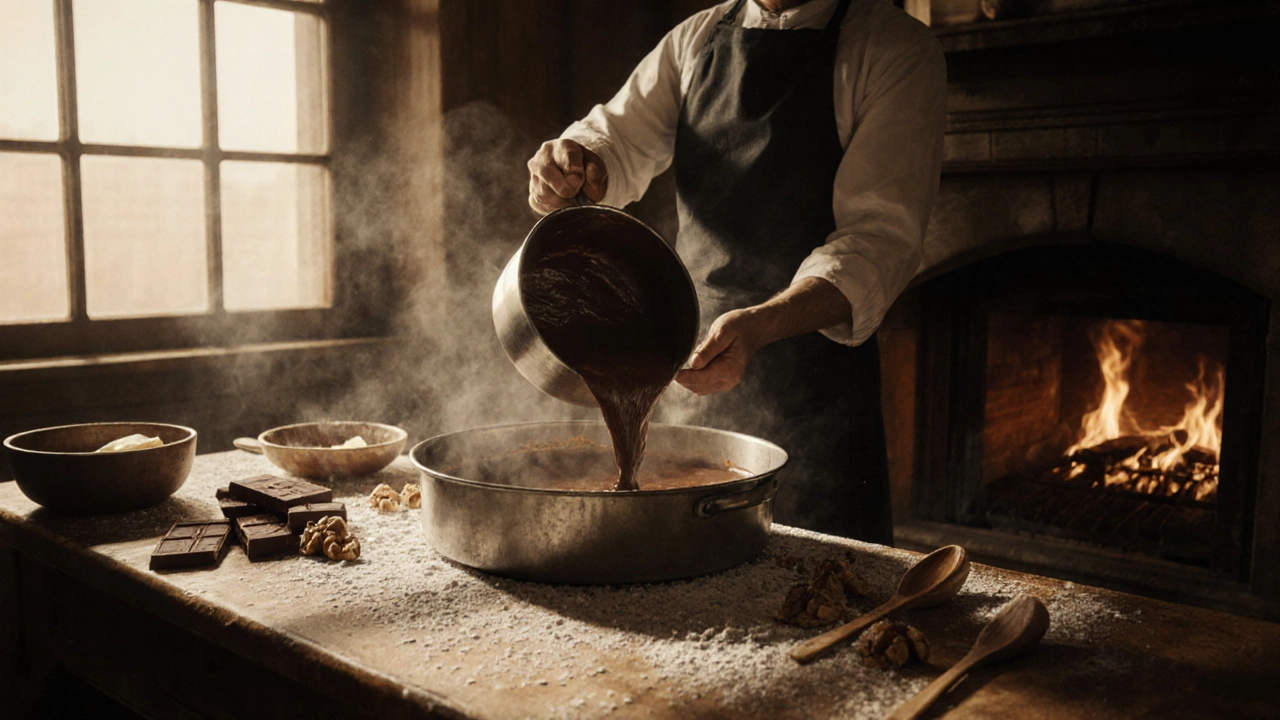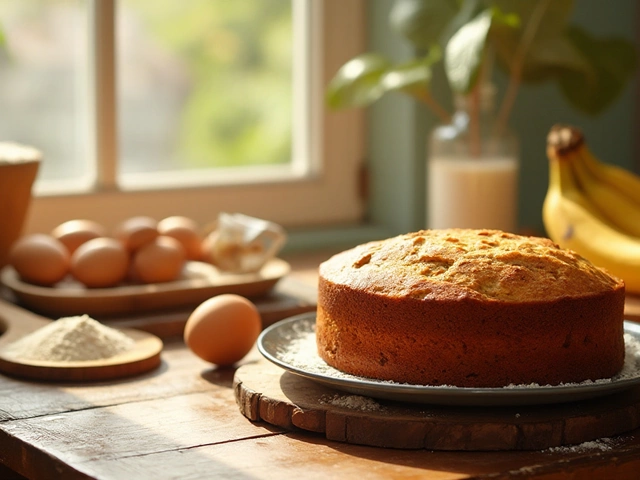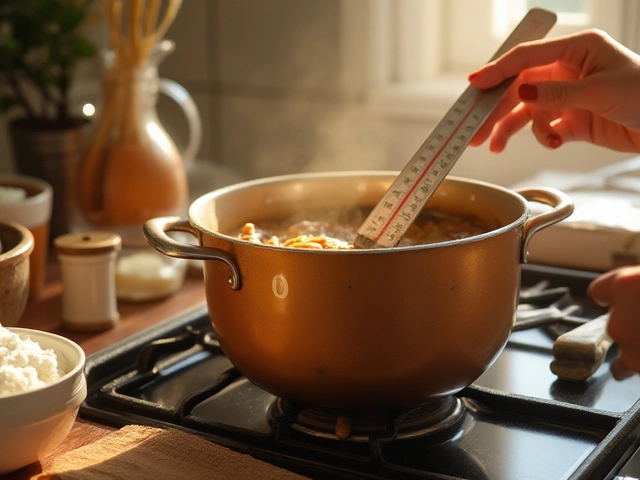Brownies Country of Origin: Where Did This Chocolate Treat Really Start?
When you think of brownies, a dense, fudgy chocolate square that’s become a staple in bake sales, school cafeterias, and holiday dessert trays. Also known as chocolate brownies, it’s hard to imagine a world without them—yet they weren’t always around. The first known recipe appeared in 1896 in a Boston cookbook, but the real story of where brownies came from is messier, juicier, and way more American than you’d think.
Brownies didn’t evolve from a fancy French patisserie or a centuries-old European tradition. They were born out of kitchen experimentation, likely by a home baker who ran out of flour or forgot to add baking powder and ended up with something richer, denser, and more chocolatey than a cake. That accidental creation stuck. By 1905, the recipe had spread through church cookbooks and women’s magazines, often called "brown brownies" or "fudge brownies." The name? Probably because of their dark color and fudge-like texture. Unlike cakes that need layers and frosting, brownies were simple—bake, slice, eat. No tools, no fuss. That’s why they took off.
Related to this is the fudge, a soft, chewy chocolate confection that shares ingredients and texture with brownies but is cooked to a higher temperature and stirred constantly. Also known as chocolate fudge, it’s the close cousin that helped shape the brownie’s rich, melt-in-your-mouth quality. Then there’s the graham cracker crust, a crunchy base often used in cheesecakes but sometimes swapped into brownie recipes for extra texture. Also known as crust base, it shows how brownies adapted over time, borrowing from other desserts to become more complex. And let’s not forget the cream cheese swirl, a modern twist that adds tang and contrast to the deep chocolate. Also known as swirled brownies, it’s proof that the basic brownie is still being reinvented today.
What’s clear is that brownies aren’t just a dessert—they’re a cultural artifact. They show up in wartime rationing guides, 1950s dinner parties, and TikTok baking challenges. They’re the treat you make when you don’t have time for a cake but still want something indulgent. They’re the dessert that survives being packed in lunchboxes, left on office desks, and reheated in the microwave. And while other sweets come and go, brownies? They’re still here. The recipe may have changed—some use cocoa powder, others melted chocolate, some add nuts, some skip them—but the heart of it hasn’t. It’s still that rich, slightly underbaked square that makes you want another one.
Below, you’ll find posts that dig into every layer of this story—from the very first recipe that started it all, to how long they last in your pantry, whether you can leave them out overnight, and even how to fix them if you skipped the vanilla. Whether you’re a baker who’s made a hundred batches or someone who just discovered brownies last week, there’s something here for you.

What Country Invented Brownies? The Real Story Behind the Classic Treat
Brownies were invented in the United States in the 1890s, not in Europe. Learn the true origin of the fudgy treat, how it evolved, and why it's uniquely American.
View More




